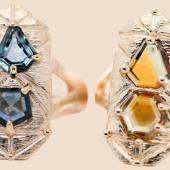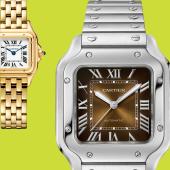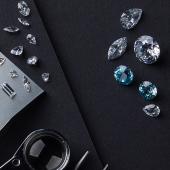How to Buy Pearls Like a Pro
Pearls, which possess a unique luster that often makes them look like they’re lit from within, have been captivating humankind for centuries and are having a mega moment in fashion and pop culture right now. The fact that male celebrities—from Harry Styles to LeBron James—have embraced pearls for necklaces, rings, brooches, and earrings has certainly pushed the gem’s popularity forward. But millennial and Gen-Z women have been fans of innovative (not your grandma’s!) pearls for years now.
Why? The soft glow of pearls is alluring, for sure. But pearls are also one of Earth’s few organic gems, meaning they come from a living creature: a mollusk, to be specific.
And unlike diamonds, which have an established grading system, a standard measuring a pearl’s value doesn’t exist. Any “grades” given to pearls like AA and AAA are subject to the eye of the seller. This can make buying them a bit intimidating. Not to worry, though! Read on to demystify the purchase of your next pearls.

Pick Your Pearl Type
There are two main categories of pearls—natural pearls grown by mollusks in the wild and cultured pearls that are also grown by mollusks, but with a little help from humans. Within those segments, there are two more categories to consider: saltwater and freshwater.
Natural pearls are rare and hard to find, and many are auctioned for large sums. Cultured (which you can think of as human-directed) pearls make up the bulk of what’s sold in jewelry stores and can come from freshwater mollusks or saltwater oysters from different species around the world.
In general, freshwater pearls cost less because they’re easier to grow, with tissue-nucleated versions (growth processes that see humans adding a piece of foreign tissue to a mollusk, which the creature then coats in nacre, the stuff of “pearl”) producing many pearls in one mollusk.
Saltwater pearls grow one at a time because a lone bead nucleus is implanted in the mollusk, making these pearls more expensive. Freshwater pearls grow in lakes and rivers largely in China, but a limited production comes from Japan. (At one time, natural freshwater pearls could be found in America’s Mississippi River.)
South Sea pearls are from bodies of saltwater (oceans). They’re bigger due to the warm waters in which they originate, and grow in rich natural, untreated shades of white, silver, gold, and “black”—a misnomer, really, because vibrant overtones of pink, green, and blue can be seen on the surfaces of many “black” pearls.
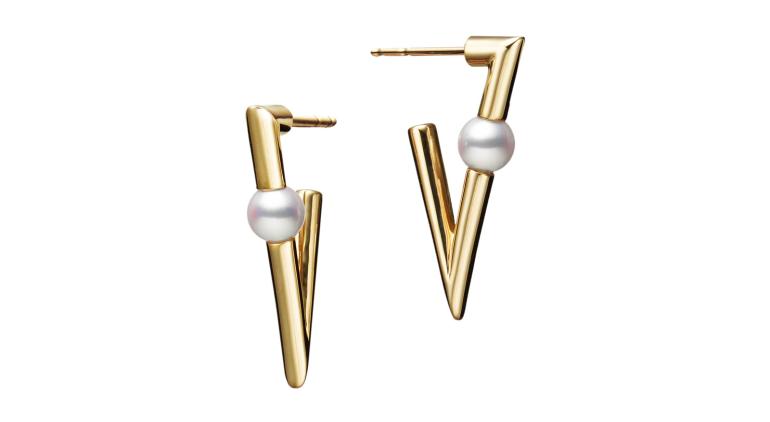
Akoya pearls are another saltwater pearl that grows in Japan, China, and Vietnam. White akoyas are the classic strand most people know (and are routinely bleached to make them whiter). Akoyas also grow in natural shades of blue; these are less common and therefore pricier. Little-known fact: Saltwater pearl farms improve aquatic environments since oysters are filter feeders. So your collection of beautiful saltwater pearls fosters pristine ecosystems far from cities and provides much-needed jobs in far-flung destinations. Nice work!
Freshwater pearls are the only type that can grow in both white and cotton-candy pastel shades including pink, peach, and lavender. Plus, a newer harvesting method that mirrors saltwater pearl production now creates larger, more “perfect” freshwater pearls. In the saltwater arena, bold-pearl lovers adore large South Sea pearls, which ooze luxury. And while a white akoya strand is the ultimate in tradition, hit up your jeweler for the funky blues if you love them. They’re super pretty and won’t disappoint!

Know Your Value Factors
Though a uniform grading system doesn’t exist for pearls, there are factors that impact value. Lower-price pearls have imperfections—dings or rings—on surfaces. The rounder, larger, and cleaner the surface of the pearl, the pricier it will be. There are exceptions for niche pearls, such as tiny 3–5 mm cultured akoyas and Tahitians, one-of-a-kind pearls including oversized “baroque” (freeform-shape) pearls that were a surprise when harvested.
During the growth process, mollusks often fight off tiny sea creatures whose interference can result in imperfections in the nascent pearl. (Again, there’s a caveat here: Circlé pearls are widely thought of as lower quality by dealers because they’re misshapen, but collectors love them still for those rings, which produce incredible colorways!)
In general, strive to choose pearls with loads of luster—that bright, shiny, mirror-like reflection. Pearls that are dull, scratched, or chalky in appearance aren’t inherently valuable.
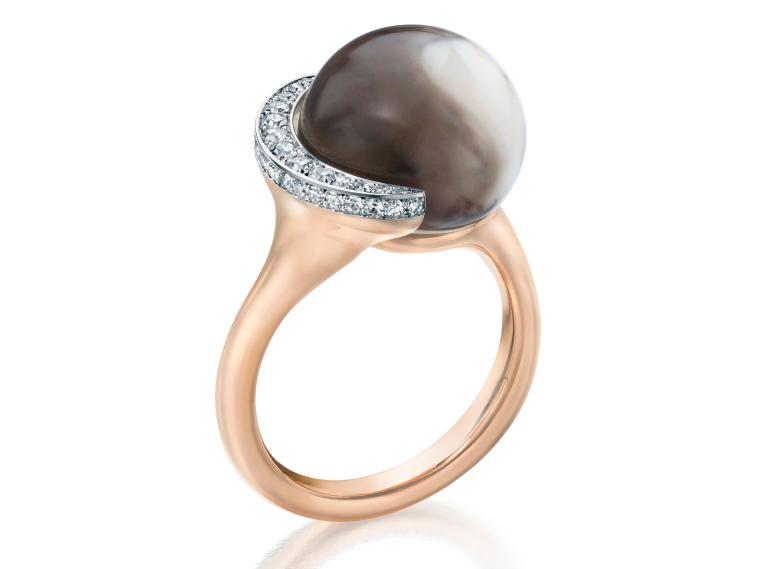
Watch Out for Fakes
If you’re buying from a reputable jeweler, you won’t encounter faux pearls, which can look and feel convincingly real. But when in doubt, run a pearl gently across a tooth; it should have a slightly gritty feel. And because real pearls are an organic product, they will usually feel colder and heavier than imitation pearls. Also, it’s important to know that any pearl can be dyed a color. For example, freshwater mollusks and akoya oysters do not grow black pearls, so be mindful of imposters and ask questions if that combination is cited by a retailer. Which brings us to a crucial tip for buying pearls: Only deal with trustworthy retailers. You can find a list of top-notch pearl brands and dealers at agta.org/directory, all of which can recommend a knowledgeable pearl retailer near you.
Top photo: 18k gold and platinum Assael 'Cascade' South Sea cultured pearl and diamond necklace
Jennifer Heebner is the editor-in-chief of Prism magazine from the American Gem Trade Association and #thisispearl from the Cultured Pearl Association of America, two trade organizations that represent dealers with the highest standards for ethics, sourcing, and responsible business practices.

